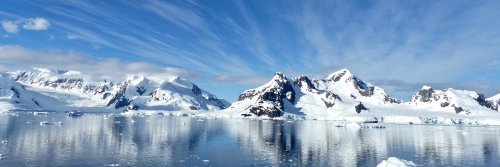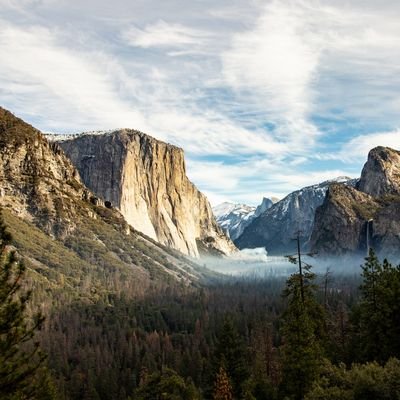More bucket-list destinations exist for curious travelers that ignite an absorbing fascination with our planet. Destinations that will not only feed your soul but will definitely give you bragging rights about having actually seen them with your own eyes. These earthly idiosyncrasies shout, 'Look at me,' despite their remoteness and hard-to-reach aspects.
From beautiful to purely dramatic in their outlandish wildness, these destinations are worth putting on your travel radar:
Zhangye Danxia Landform Geological Park, China
Totally remote, Zhangye Danxia Landform Geological Park is like stepping into a living art gallery. Nicknamed the 'Rainbow Mountains,' it's as if Vincent van Gogh created a masterpiece amidst the mountains with his iconic brush strokes, bold and textural, bringing the Earth alive in rich, vivid colors of depth, creating a panoramic artwork smothering 200 square miles. In 2009, the Rainbow Mountains were declared a UNESCO World Heritage Site.
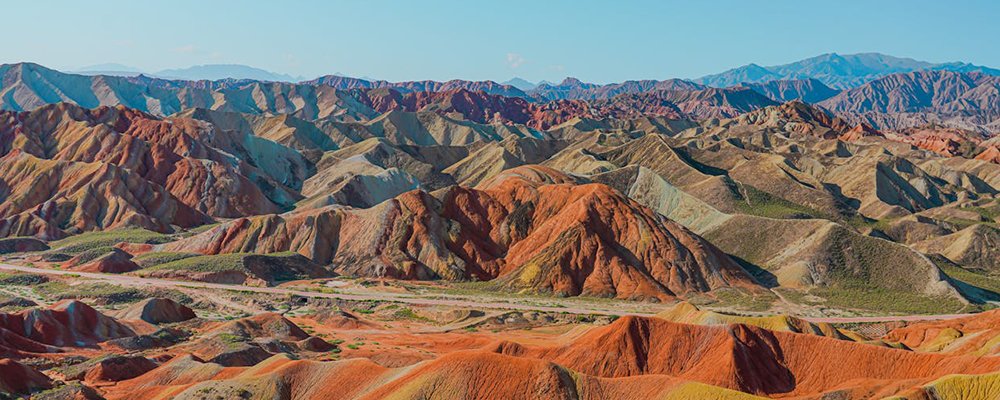
Over millions of years of geological creation, the layers of mudstone, sandstone and multicolored sedimentary rocks have morphed and peaked with the jarring movement of tectonic plates, which also formed the Himalaya Mountains—the Rainbow Mountains are said to be 55 million years old. The gush of archaic rivers slashed through the mountains, creating deep plunging gorges while leaving peaks to be eroded over time by the wind. The eye-popping colors of green, yellow, blue, purple, and red cloak the scene that exhibits the Earth's formation over eons.
Plenty of viewing platforms are strategically placed to get a 360-degree view of this painted dramatic scene that can be reached via taxis or buses, with the best time for viewing in the mornings or late afternoons. The town that most tourists choose to stay in is a small city named Zhangye.
Dallol, Ethiopia
We all like to go on tropical holidays to escape a cold winter, but I doubt if the hot climate of Dallol will appeal—it's the hottest place on the planet year-round—think an extremely hot desert climate. Remote, uninhabited, and dry, Dallol has only a few rainy sprinkles per year due to its low elevation (130 meters below sea level) and being near the Red Sea, with a lack of cooling at night. Dallol is one of the most inhospitable destinations on the planet. Paved roads were built in 2015 but are used only by four-wheel drive vehicles or the odd camel caravan transporting salt from the area.
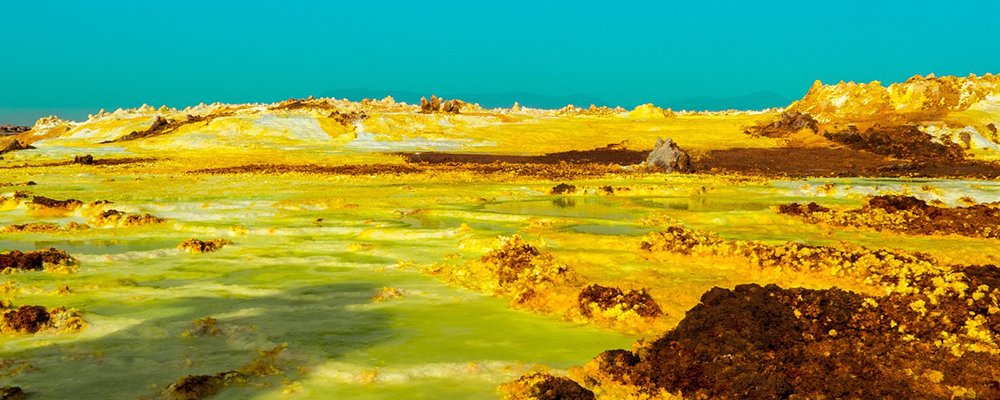
The name 'Dallol' comes from the ethnic group of people 'Afar,' who predominantly live in this region of Ethiopia, the north of Djibouti, and the southern coast of Eritrea. It's their word to describe what they saw, 'disintegration' or 'dissolution.' The landscape resembles a boiling mass that looks like it is destroying itself. Green acid ponds, fields of steamy geysers, springs purging acid, terrace formations, and plains of iron oxide. There are sulfur and salt-clad canyons centered around a sunken heart that is believed to be a collapsed volcano crater. The specter is unreal, with its swirling mass of patterns and unusual shades of ochre, yellow, aquamarine, and brown splashed against a mass of red rock formations. For all of its brutal and harsh appearance, the landscape is mesmerizing.
A trip for the hardcore adventurist or budding geologist, seeing Dallol is 'sort of' safe, but there is an amount of risk involved—consider sulphuric acids, poisonous gases, and the unyielding heat. Plus, you will be in a four-wheel drive and camping—this is not for those who can't do without their vacation luxury, as it's physically demanding. The only way to view this out-of-the-world landscape is to take an organized tour because most are accompanied by a military escort. Ensure you book with a reputable tour operator in Mekele or Semera, Ethiopia.
Blood Falls, Antarctica
A weird curiosity that has baffled scientists for years, this sprouting bloodbath splashes into the icy McMurdo Sound of the Ross Sea. Blood Falls is one of nature's anomalies, set against the stark white vision of East Antarctica's Taylor Glacier, which flows from Taylor Dome, a section of the East Antarctic Ice Sheet. Not a common tourist destination due to its remoteness and difficulty reaching, Blood Falls looks like a vampire's purging from a midnight feast.
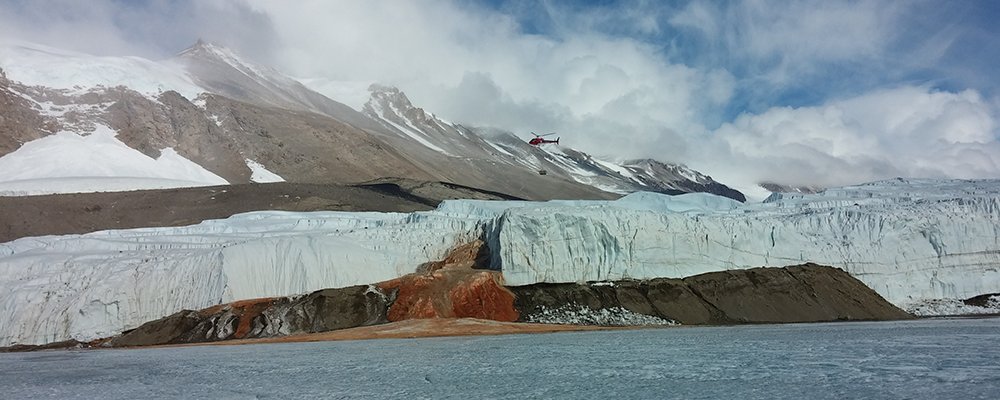
Discovered by an Australian geologist in 1911, Blood Falls is unique because of its rare ecosystem and biological and geological features. It was in 2017 that baffled scientists revealed that the wine-red gushing flow is oxidized iron in brine saltwater coming from a brine lake beneath the glacier. The oddities of this phenomenon are even more puzzling; the river of red is unpredictable as to how often it flows, and the water at the base of the falls never freezes, staying in liquid form despite the dire freezing conditions of the area. The high salinity content in the water is believed to prevent it from freezing. Some scientists believe the water comes from an ancient marine reservoir trapped under the icy landscape millions of years ago. This trapped water holds microorganisms that have learned to adapt to their environment of no sunlight, giving scientists an insight into what life forms can survive despite being smothered by ice. Exploring Blood Falls is a catalyst to increase man's knowledge of subglacial hydrology.
Witnessing this incredible site is a mammoth undertaking, as you have to take a helicopter from a research station (McMurdo Station, US) or Scott Base (New Zealand). Some Antarctica cruise ships meandering the Ross Sea will offer this aerial adventure. To see this mind-boggling vision is to have the ultimate bragging rights.
Gail Palethorpe, a self proclaimed Australian gypsy, is a freelance writer, photographer and eternal traveller. Check out her website Gail Palethorpe Photography and her Shutterstock profile.

